La Línea del Tiempo
La Línea del Tiempo
Cronología y orden temporal de los acontecimientos fundamentales en la vida artística de esta creadora singular
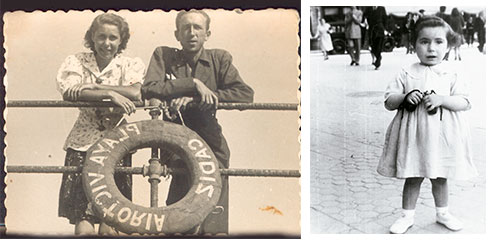
Cristina Hoyos, born on 13th June 1946, daughter of Apolinar Hoyos and Cristina Panadero.
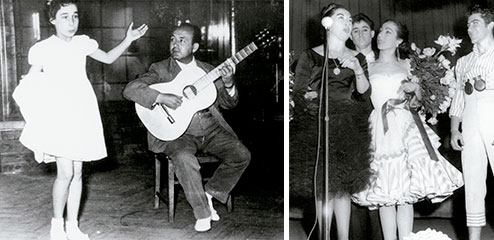
She made her debut at the age of 12 in the children's show Galas Juveniles. Among her teachers were Adelita Domingo and Enrique El Cojo.
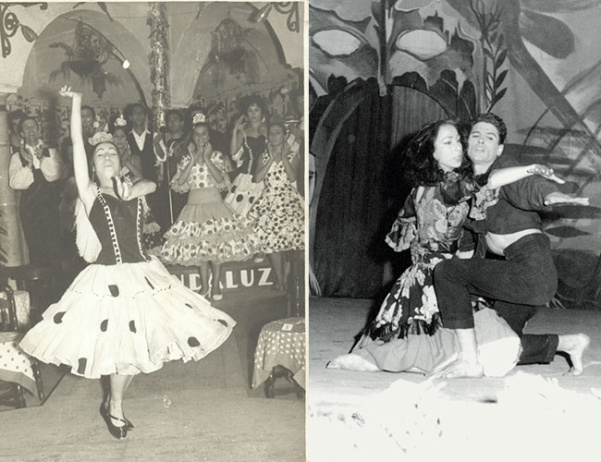
Not yet old enough to be a professional, she made her debut in the tablao "El Patio Andaluz" in Seville.
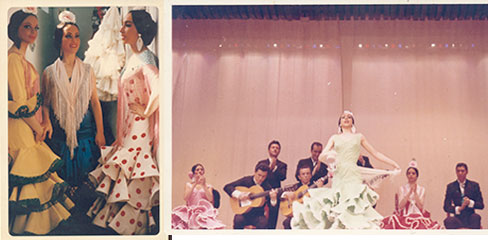
Cristina's debut took place in 1964, in the theatre of the Spanish Pavilion at the New York World's Fair, in the United States.
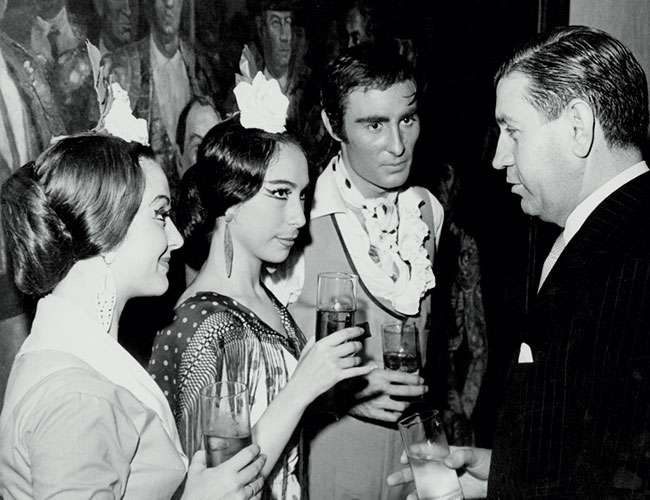
She began her dance studies with various teachers in Madrid and worked in different tablaos in the capital.
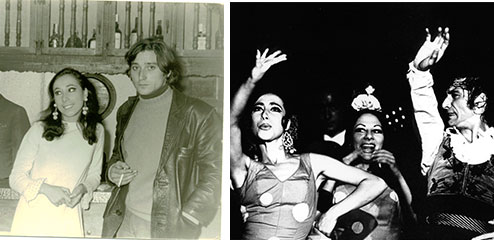
Antonio Gades incorporates her in his company as a dance partner, with whom she remains for 2 decades, until 1988, during which time they tour the best theatres in the world.
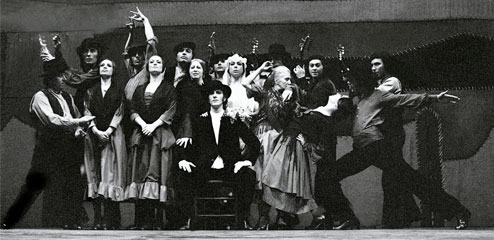
Bodas de Sangre opens in Rome. She plays the leading role, that of the Bride.
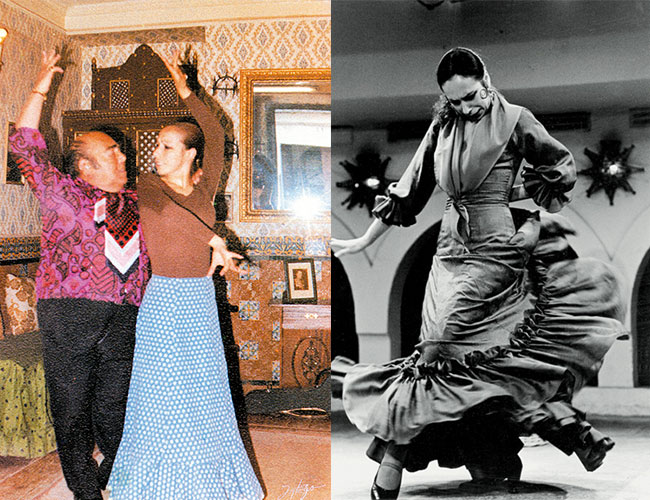
Prepares with her teacher Enrique el Cojo to perform in Japan
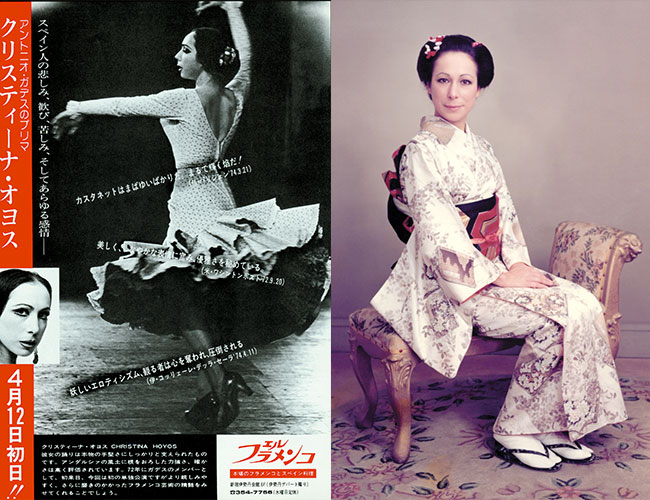
Her performances in Japan are a success.
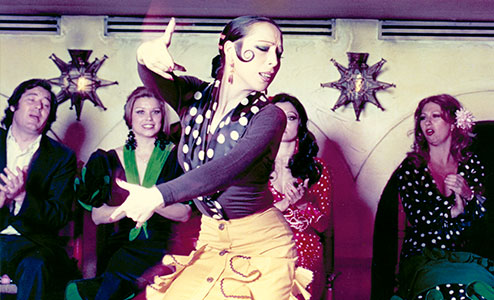
Performs for 1 year at the tablao "El Flamenco" in Tokyo.

Returns to Japan to perform again on stage.
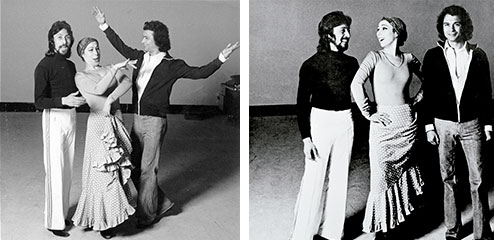
Under the direction of Antonio Gades, she is the principal flamenco dancer.
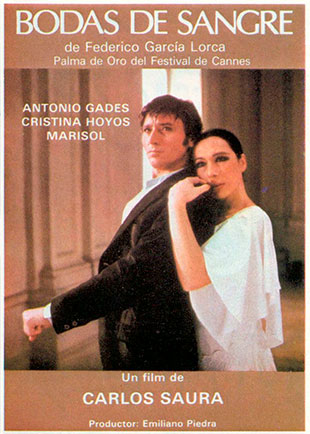
It is the first part of the trilogy on flamenco by this director and Cristina Hoyos plays the leading role, that of the "Bride".
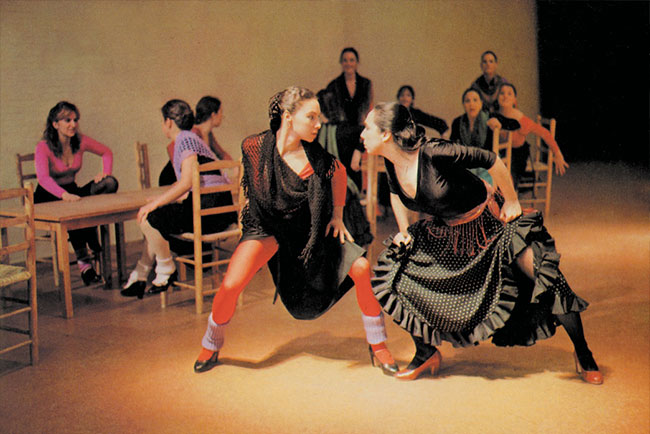
Second installment of the film trilogy.
For her role, Cristina won the "Best Supporting Actress" award at the 39th edition of the Círculo de Escritores Cinematográficos medals.
In 1983 "Carmen" was presented in Paris with Cristina Hoyos in the leading role, a role for which she was described as the best Carmen danced to date.
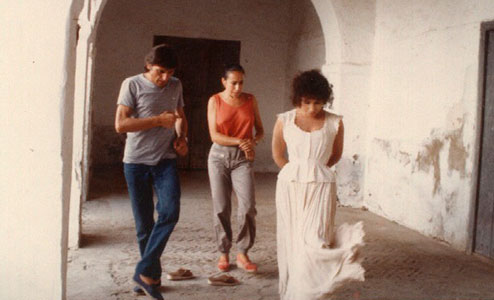
Choreographed for Julia Migenes, the Carmen, by Francesco Rossi.
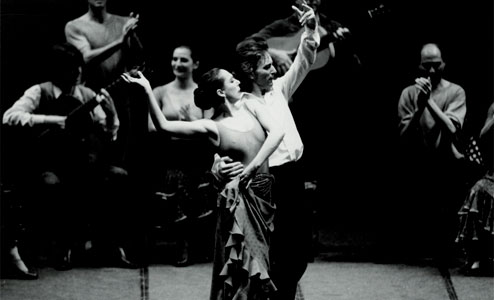
Premiere in Paris of Carmen by Ballet Antonio Gades with Cristina Hoyos.
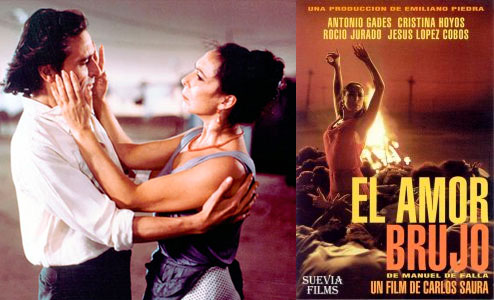
It is the third part of the trilogy and Cristina plays the leading role, that of "Candela". The film won two Goya awards for best cinematography and best costume design.
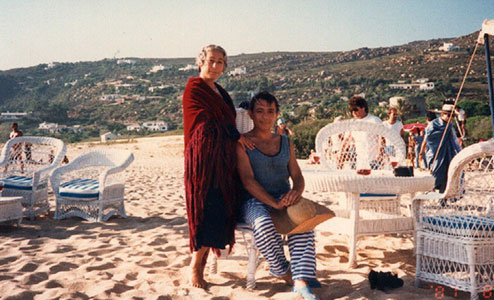
She plays the role of Picasso's mother in the film "La Ballena blanca" by José María Sánchez.
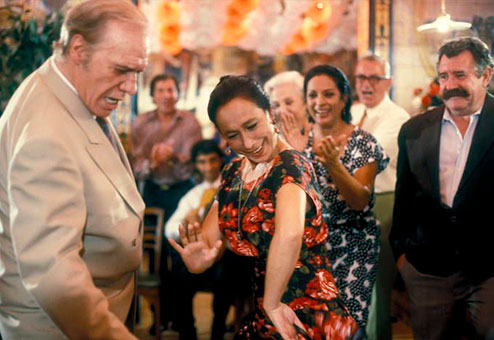
Cristina Hoyos plays the role of "Rosario" in this 7-episode TV series, sharing the screen with Francisco Rabal and Lola Flores, among others.
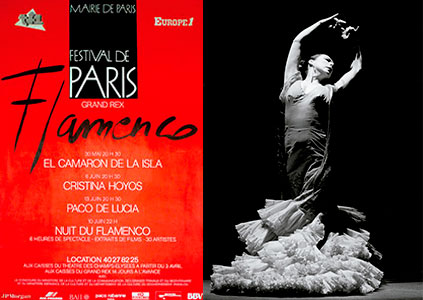
Debuts with her company "BALLET CRISTINA HOYOS" at the Rex Theatre in Paris, opening the Paris Festival.
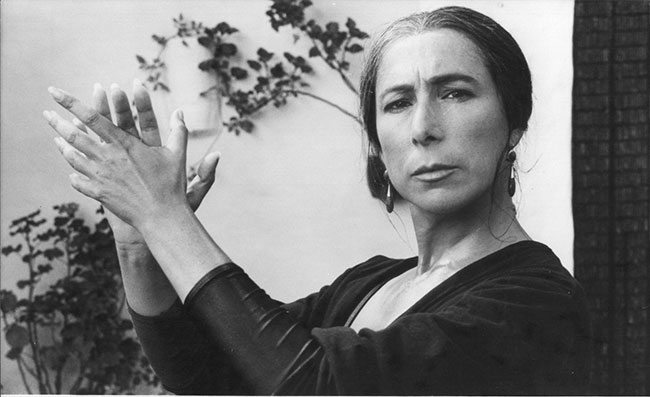
Cristina Hoyos played the lead role, playing "María la Taranto". The film was nominated in seven categories, including Best Film, at the IV edition of the Goya Awards in 1990, of which it won two: Best Sound and Best Original Score.
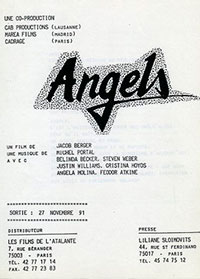
Cristina Hoyos plays "La Molina" in this international co-production Spain-Belgium-France-Switzerland.
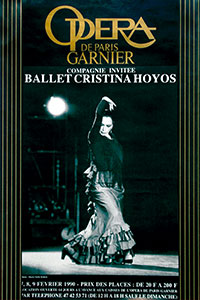
The Ballet Cristina Hoyos performs at the Opera Theatre of Paris-Palais Garnier, with a resounding success; it is the first flamenco company to perform at the Opera of Paris and the Opera of Stockholm. (rep.)
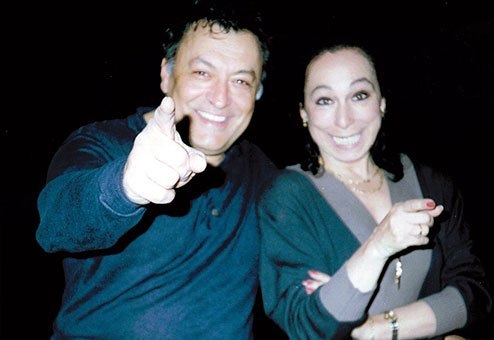
Choreographs the opera "Carmen" for London's Covent Garden, directed by Nuria Espert and Zubin Metha.
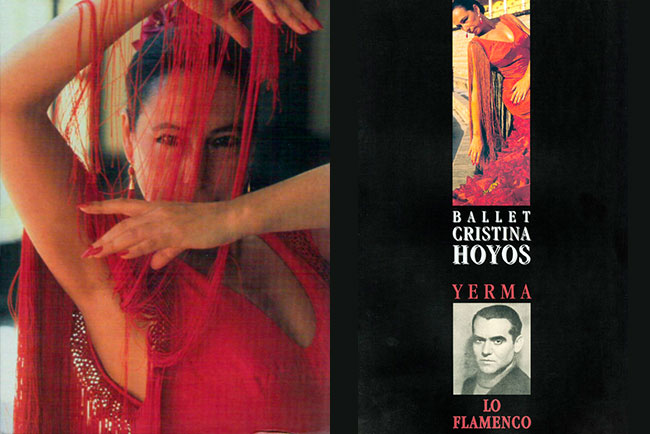
Cristina Hoyos premieres "Yerma" and "Lo Flamenco" at the Champs Elysées Theatre in Paris.
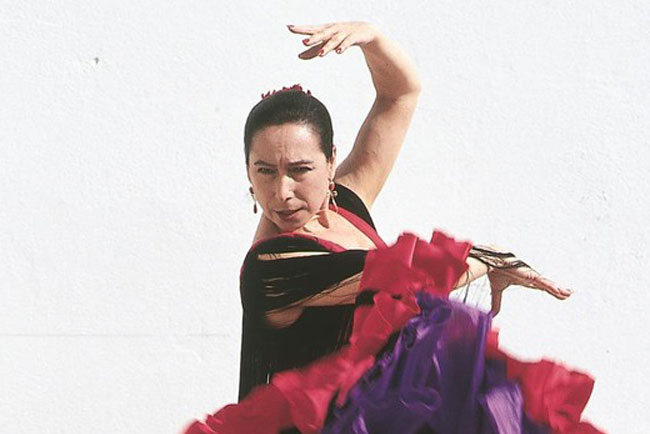
Cristina Hoyos performs in one of the most important events in the world, the Universal Exhibition of Seville, which took place in the Andalusian capital for 6 months.
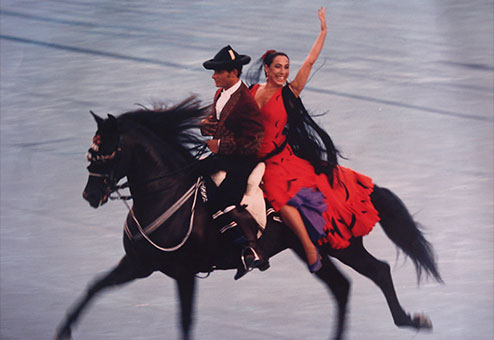
Cristina Hoyos had the honour of performing the opening and closing ceremonies at the 1992 Barcelona Olympic Games.
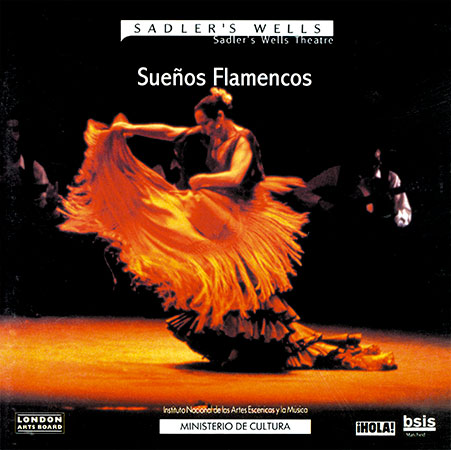
Performs with her play "Sueños flamencos" in London, UK. (rep)
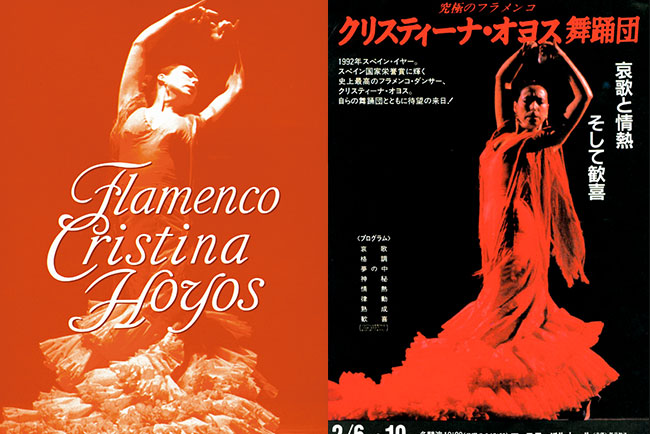
With his Sueños Flamencos he performs in the best theatres in the world with resounding success.
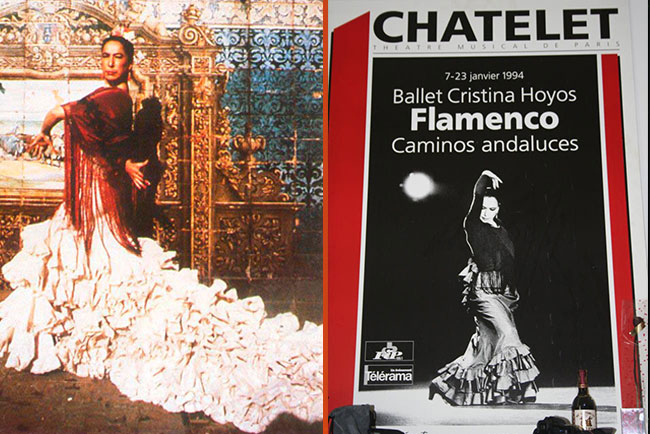
She presents his show "CAMINOS ANDALUCES" at the Théâtre du Châtelet in Paris.
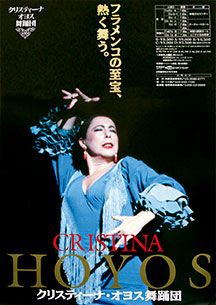
Returns to Japan to perform after her hits Sueños Flamencos and Caminos.

La Antártida is released, a film that gets 4 Goya nominations, winning the Goya for Best Cinematography.
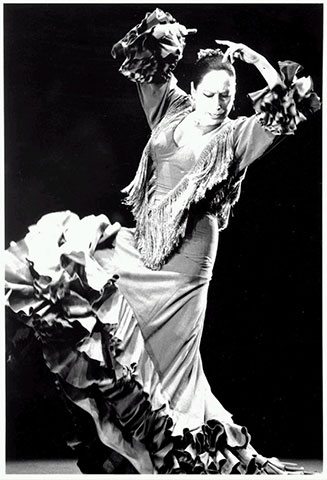
Choreography "Cuadro Flamenco" with sets by Picasso for the Théâtre de l' Opéra de Nice, in France.
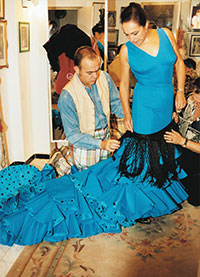
Debut of her new show "ARSA Y TOMA", with costumes by Christian Lacroix, at the Théâtre de l' Opéra d'Avignon.
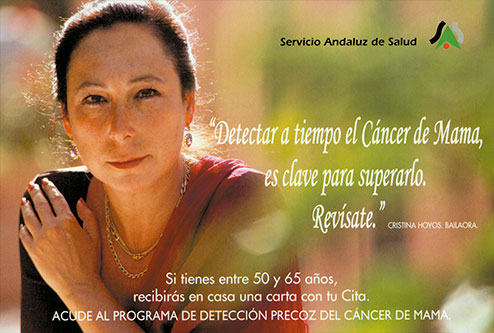
After her breast cancer, she becomes the image of the Junta de Andalucía.
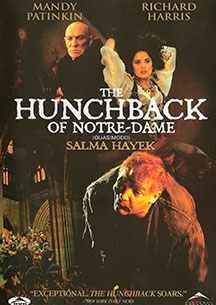
Choreographed the film "The Hunchback" by Peter Medak, choreographed by the famous actress Salma Hayek.
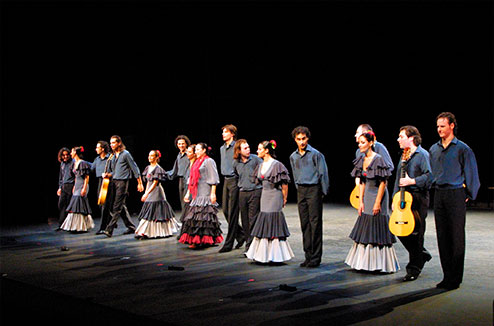
The company Cristina Hoyos presents "AL COMPÁS DEL TIEMPO", at the Villa Marta Theatre in Jerez de la Frontera. It was a great success at the Mogador Theatre in Paris with a full house for 3 weeks and was presented at the Helsinki Opera House.
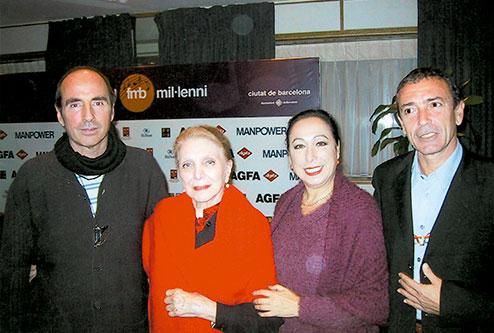
Performed with Luis Llach at the Palau de la Música, in Catalonia.
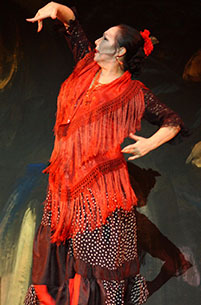
Starred as an actress and in Italian in the opera buffa Carmen 2- Le retour by Jérôme Savari at the Teatro Regio in Turin.

Choreographed the choreography for the Italian and French figure skating teams that won first and second prize at the XCI World Figure Skating Championships in Vancouver, Canada.
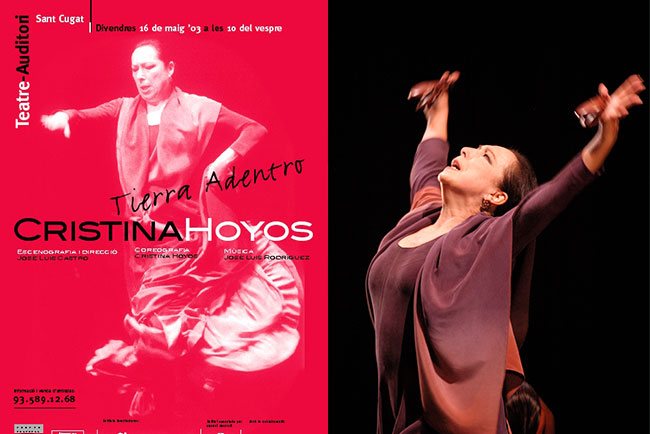
Premiere of the show Tierra Adentro.
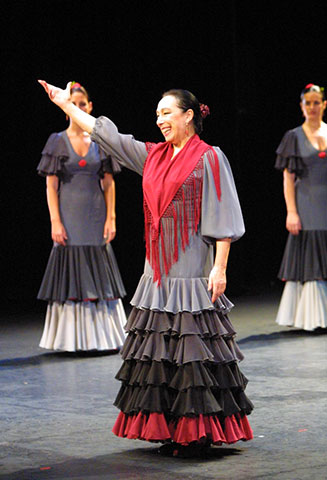
She stars in the film based on his life "Despacito y a compás", directed by Marta Molins.
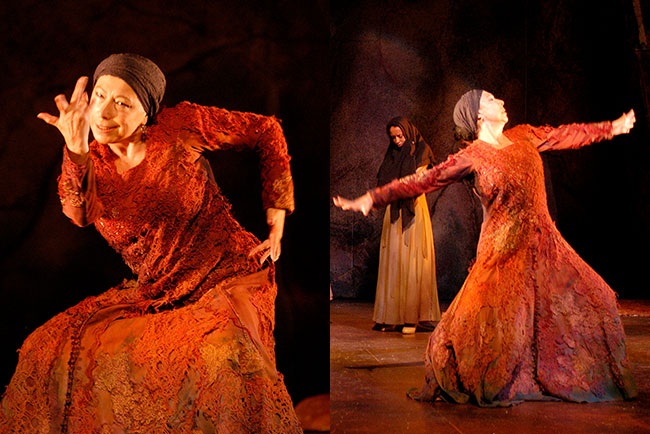
Presents the show "YERMA" in the Generalife Gardens of the Alhambra in Granada, which is seen by more than 60,000 spectators.
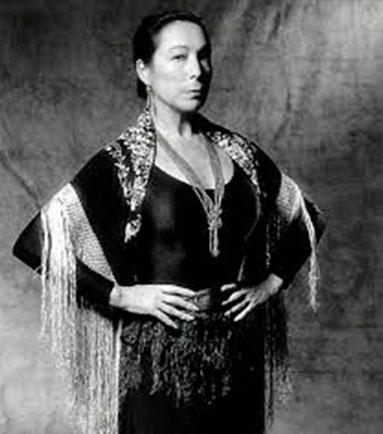
In January 2004 she is appointed director of the BALLET FLAMENCO DE ANDALUCÍA.
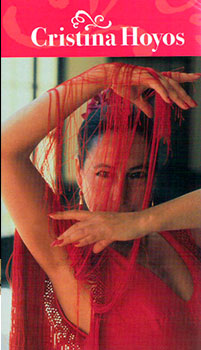
The Diputación de Sevilla publishes her first biography Cristina Hoyos, un sendero para la Gloria, written by Manuel Martín Martín.
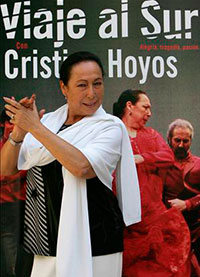
Presents in the Gran Teatro de Córdoba the show "VIAJE AL SUR", with which they tour a large part of the world.
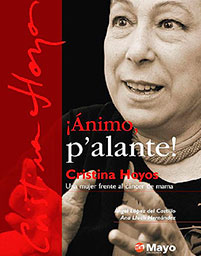
Publication of the book about her experience with breast cancer Ánimo pa'lante.
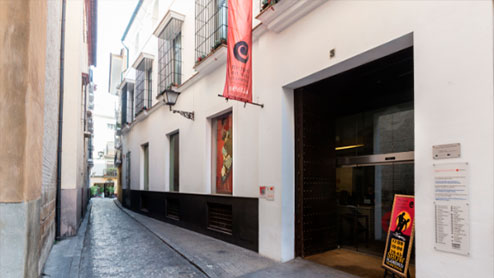
In April 2006 inaugurates the Museum of Flamenco Dance in Seville, and currently directs it.
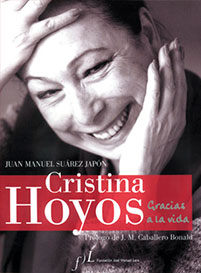
The Lara Foundation publishes her second biography, Cristina Hoyos, gracias a la vida, written by Juan Manuel Suárez Japón.
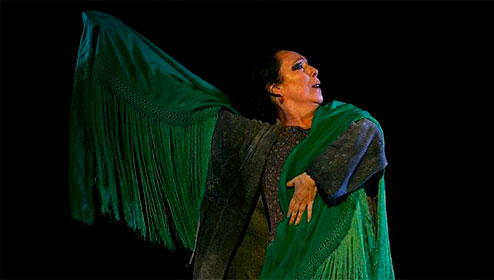
In the summer of 2006 she presents the show "ROMANCERO GITANO" in the gardens of the Generalife de la Alambra, based on Lorca's work.
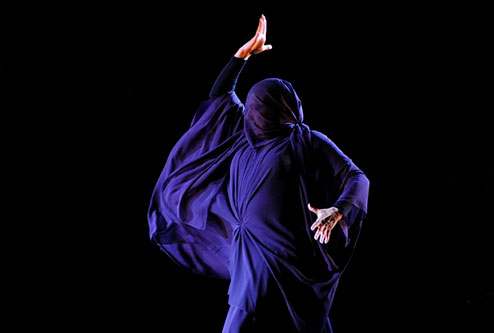
Opens the Seville Flamenco Biennial with Medea by Manolo Sanlúcar.
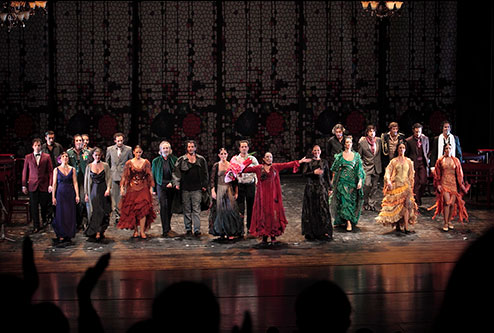
In July 2009 opens in Granada "POEMA DEL CANTE JONDO en el café de Chinitas" based on both works by Lorca.
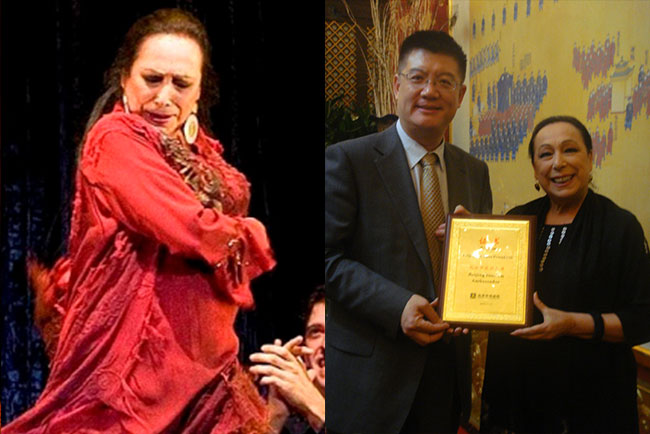
Performs on Chinese TV in the celebration of the Chinese New Year, being the first Spanish company to perform in the show.
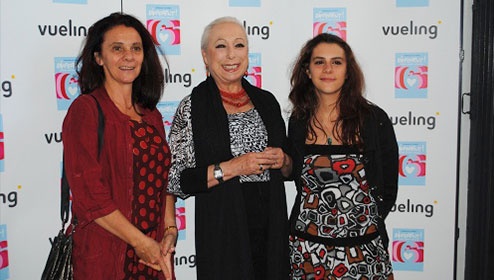
Starring in the film directed by Caroline Chomienne.
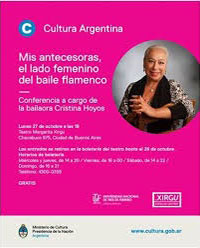
Conference at the Margarita Xirgu Theatre entitled "Mis antecesoras, el lado femenino del baile flamenco" ("My predecessors, the feminine side of flamenco dance"
in which she performs, dances and sings, in Argentina.
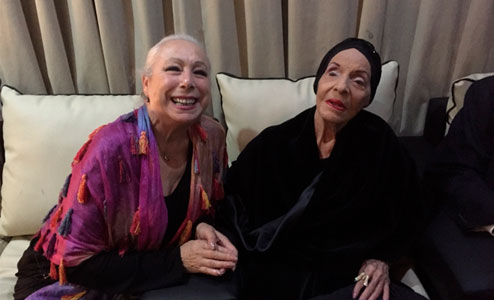
Conference in Habana at the Hubert de Blanck Theatre in Havana, Cuba.
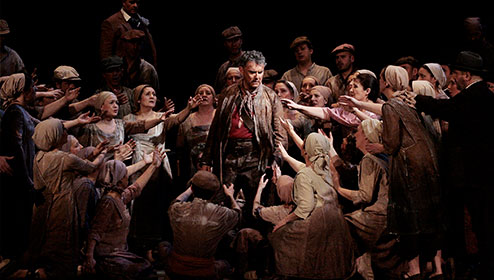
Choreography of the opera "El Gato Montés" directed by José Carlos Plaza.
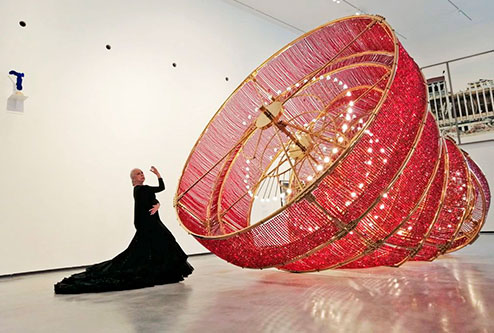
She participates in the dance documentary for the Helga de Alvear Museum in Cáceres.
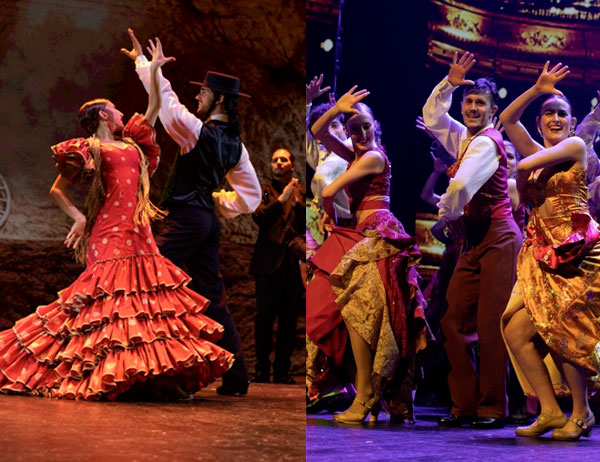
Choreographs the show “Olé Olá” for the renovated Teatro Eslava in Madrid.